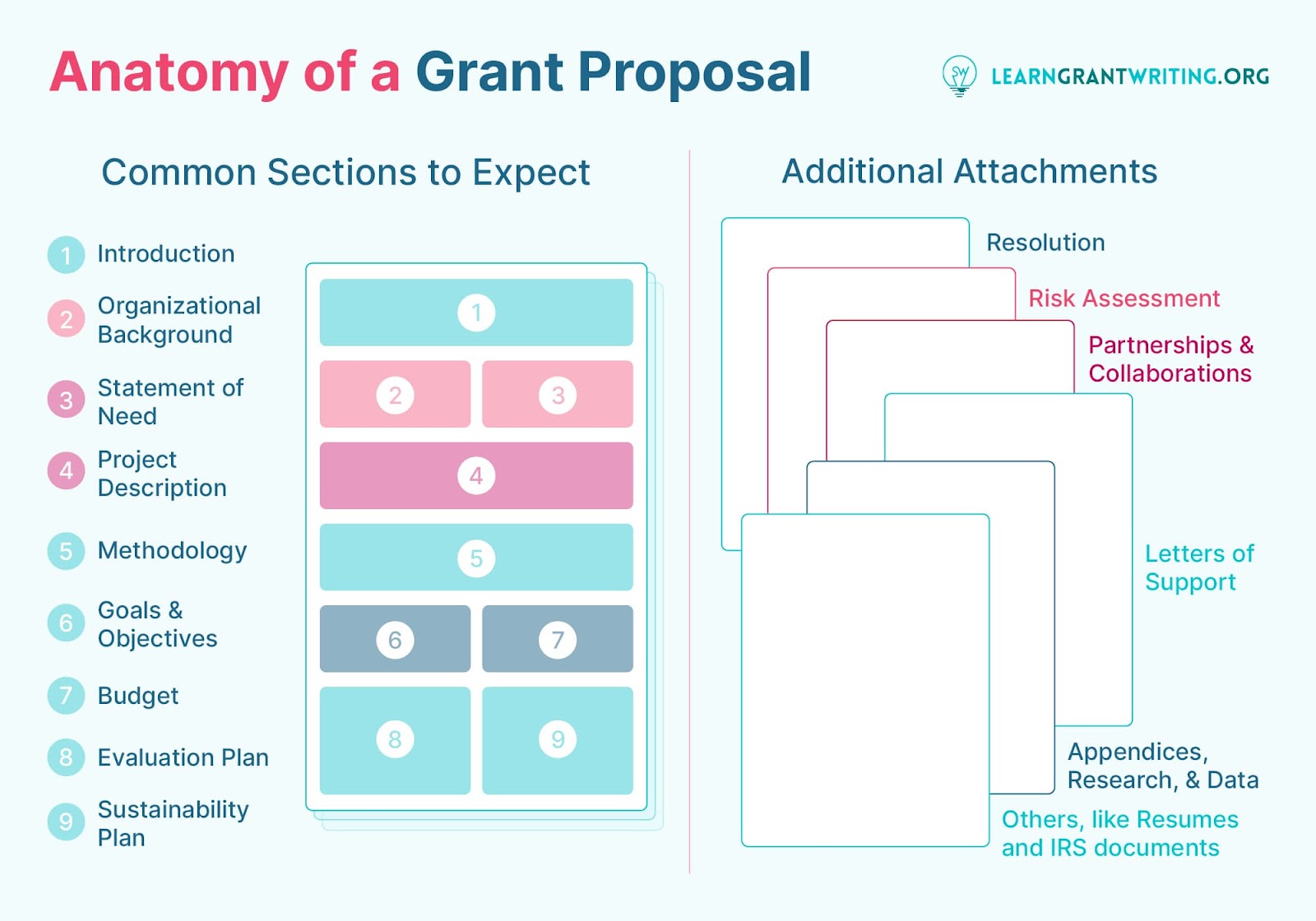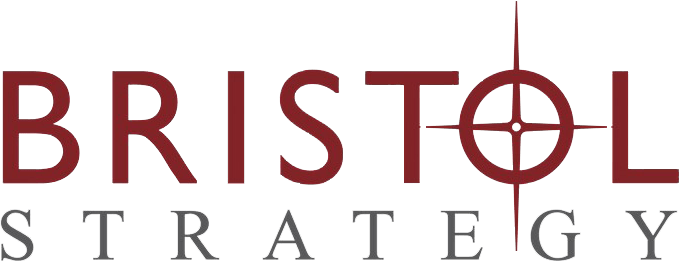Let’s be real: Grant funding is a lifesaver, but securing it can be exhausting. Finding and applying for grants can drain your team’s time, energy, and morale—especially if you’re chasing after the wrong ones.
You might be thinking, “Doesn’t all that resource drain defeat the purpose?” And you’re right. Grants are supposed to fuel your nonprofit’s work, not complicate it. If your fundraising efforts aren’t productive, they’re counterintuitive!
That’s where this decision tree comes in. It’s your shortcut to clarity, helping you break down any grant opportunity with the questions that really matter. Once you have a grant in mind for your nonprofit, ask yourself these questions and follow the next steps based on each answer.
Does The Grant Align With Your Mission and Strategy?
Above all, the grants you pursue should clearly align with your mission, proposed program, and timeframe. If you apply for a grant that isn’t a good match, you’ll either be swiftly denied or pulled off-mission when you receive funding for a misaligned project.
Grant databases are the best (and fastest) way to find relevant opportunities. Browse the best grant databases and choose one that will help your nonprofit organize the grant application process. The right database will present tailored matches to highlight the grant opportunities that seem like a good fit for your organization, saving you time and frustration.
As you sort through and create a shortlist of top opportunities, ask yourself these clarifying questions:
- Is this funding for work you’re already doing or planning?
- Does the funder have a proven track record of supporting similar projects?
- Does your plan closely align with the grant’s stated purpose and guidelines?
If your nonprofit answers “yes” to the above questions, you can be confident that the grant opportunity aligns with your mission and strategy. In this case, move on to the next step.
If the answer is no, stop here. Mission and strategy alignment is a critical characteristic of worthwhile grants. There’s no need to look further into the opportunity if you know you and the funder are after different things. In this case, you may find more success with an online fundraiser or community partnership, through which you can directly target and attract mission-aligned supporters.
Are You Eligible and Can You Prove It Easily?
There are two things we mean by “eligible” here:
- Is your organization officially recognized as a 501(c) entity?
- Does your organization meet the unique eligibility criteria outlined in the grant guidelines?
The whole point of your proposal is to convince the grantmaker that your organization is the most deserving of the funding. If your nonprofit isn’t what the funder is looking for (or if you don’t convince them that you are), you’ll waste your time pursuing a grant that just isn’t a good fit.
Yes, My Organization Is Eligible, and We Can Prove It
If you have 501(c)(3) status, review the grant guidelines and verify that your organization fits their criteria. Then, take a look at everything you plan to submit with your proposal. Are you a good fit, and do you have the right resources to make a compelling case?
If so, move on to the next step.
No, Or My Organization Doesn’t Know How to Prove Its Eligibility
If your organization isn’t eligible, it may be time to look for a different opportunity. However, if you simply need help providing evidence of your eligibility, there’s still hope!
Revisit your impact measurement and reporting strategy first. As UpMetrics explains, impact measurement allows nonprofits to demonstrate how they use resources to render services effectively, which can spur much-needed support from funders. This is also important for evaluating your nonprofit’s successes, so you know the best way to allocate the funding if you receive it.
Once you can properly track your impact and share your goals with the funder, you’ll be ready to move on to the next step.
Do You Have the Capacity to Apply For the Grant?
Even with a perfect-fit grant opportunity, you need to be careful not to bite off more than you can chew.
According to Learn Grant Writing, the back end of things (i.e., your team’s grant writing plan and resources) should be in order before you apply for funding. Some grant applications require more than others, and it doesn’t make sense to pursue a grant opportunity if you don’t have the capacity to write a proposal.
To check your grant-readiness, consider everything that will be required in the application process:

Here’s a list of proposal sections you should be prepared to complete:
- Introduction or abstract
- Organizational background
- Statement of need
- Project description
- Methodology
- Goals and objectives
- Budget
- Evaluation plan
- Sustainability plan
Also, consider any additional attachments that your application should include, such as:
- A resolution
- Risk assessments
- Partnerships and collaborations
- Letters of support
- Appendices, data, and research
- Other supporting documents (resumes, IRS Determination Letter, etc.)
Yes, My Organization Has The Capacity
If you have a team member (or freelance grant writer) who can handle the application process, the right resources for a compelling proposal, and the capacity to manage the grant should it be awarded to your organization, it’s time to apply!
No, My Organization Doesn’t Have The Capacity
Even if your nonprofit isn’t currently grant-ready, there are steps you can take to become ready so that the grant opportunity isn’t missed. Consider:
- Delaying your application until capacity improves. For example, you may train a team member in grant writing to empower them to apply for grant opportunities.
- Outsourcing parts of the application. It often makes more sense to hire a freelance grant writer for your proposals, which can save staff time (and produce better results!).
- Strengthening internal processes for the future. Create a central folder to host all the information and training materials you’ll need for future grant applications.
Grant funding can be a game-changer, but only when it’s a good fit. Use this decision tree as your go-to filter whenever new opportunities pop up. It’ll help keep your team laser-focused on grants that actually support your mission and momentum.
The more you practice this process, the sharper your instincts will get. You’ll find yourself applying for fewer—but better—grants that truly advance your work. Eventually, you’ll become so accustomed to spotting worthwhile grant opportunities that you won’t need this decision tree anymore!


